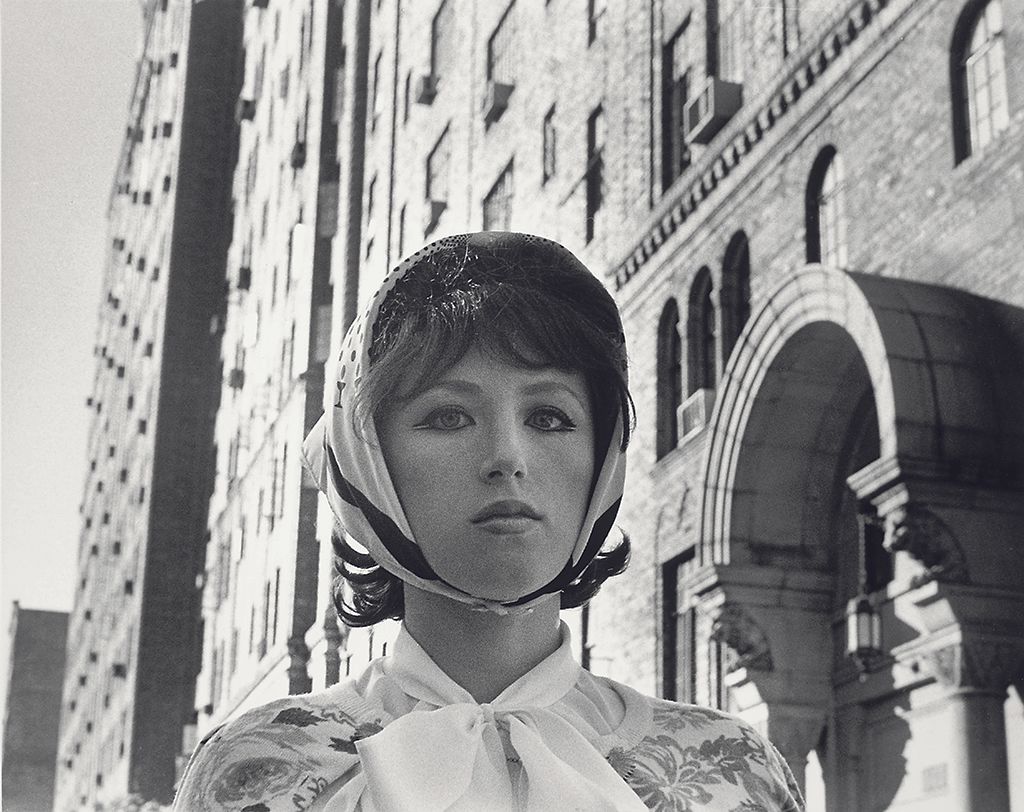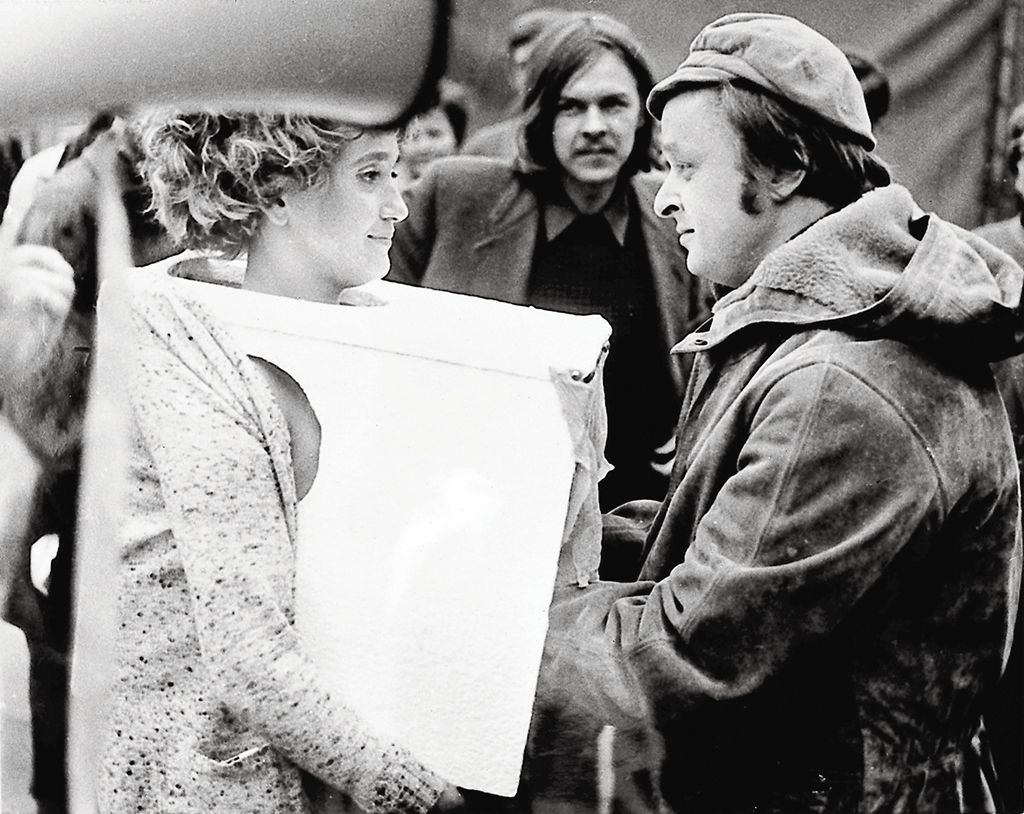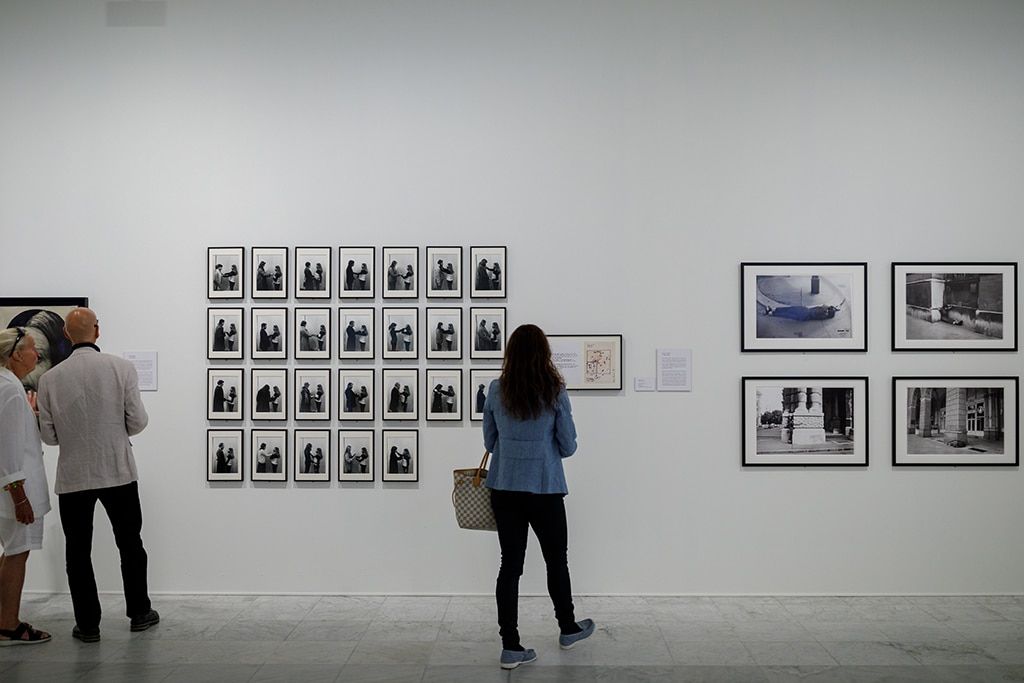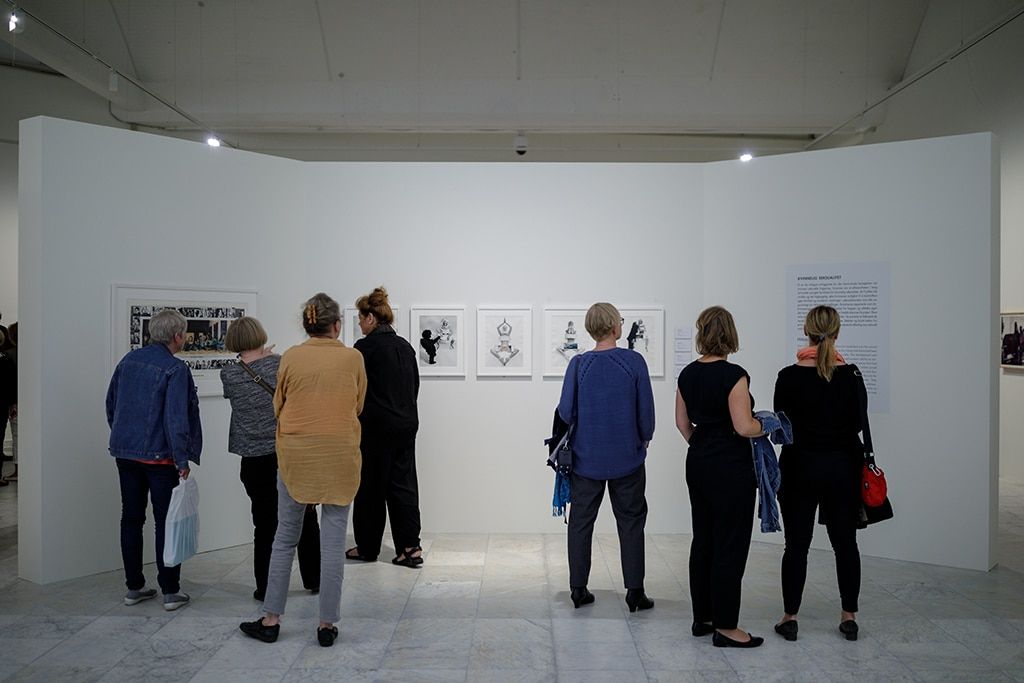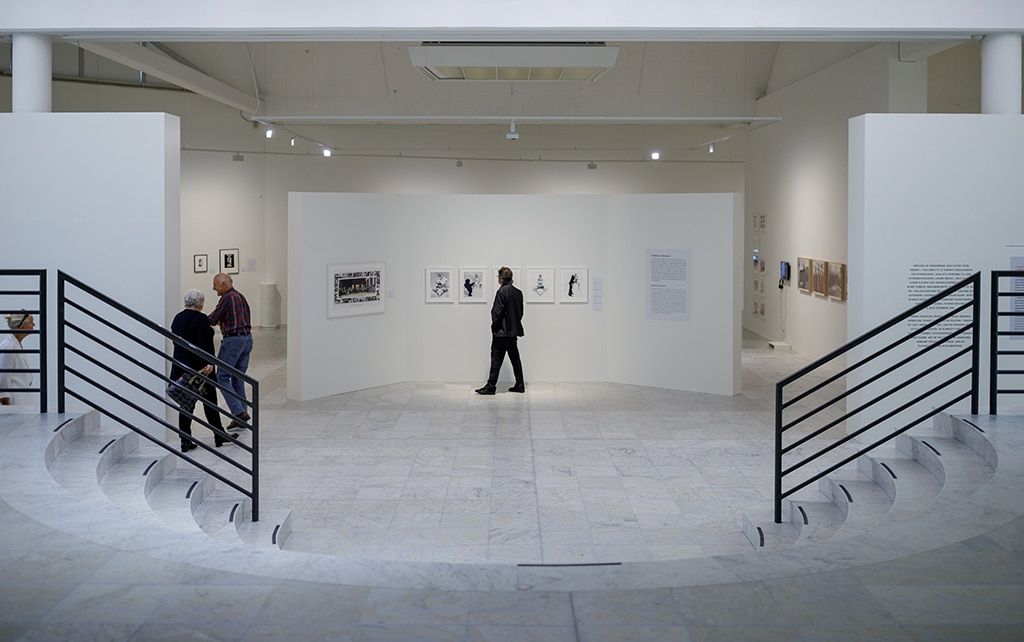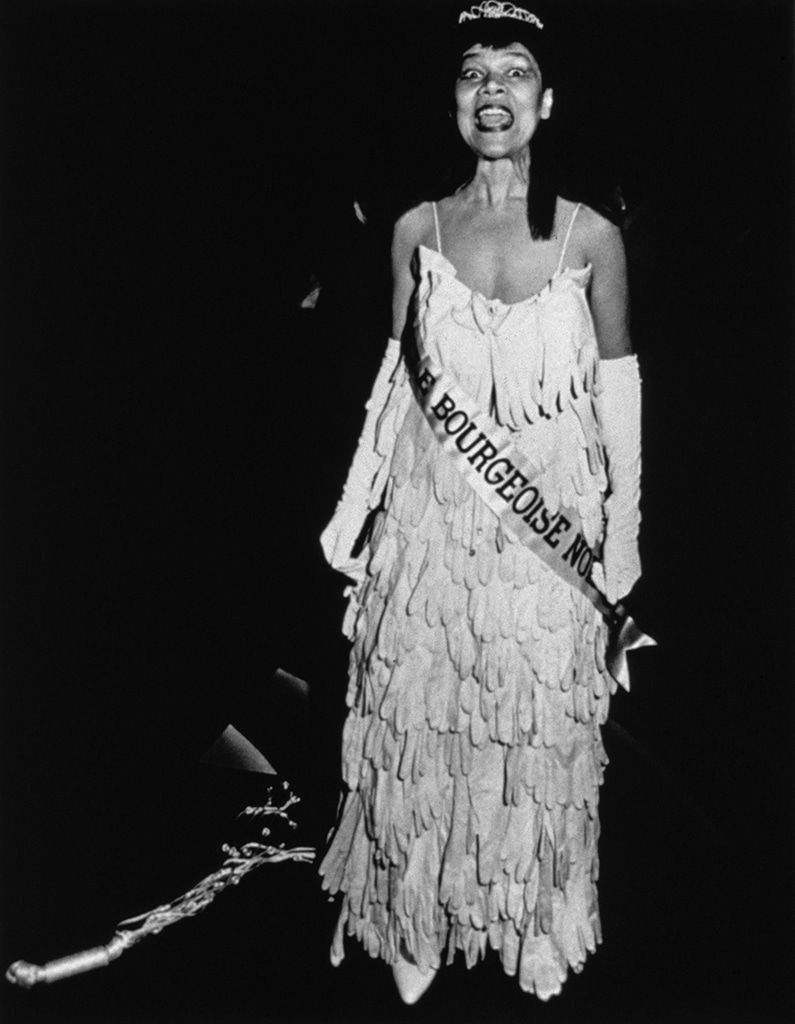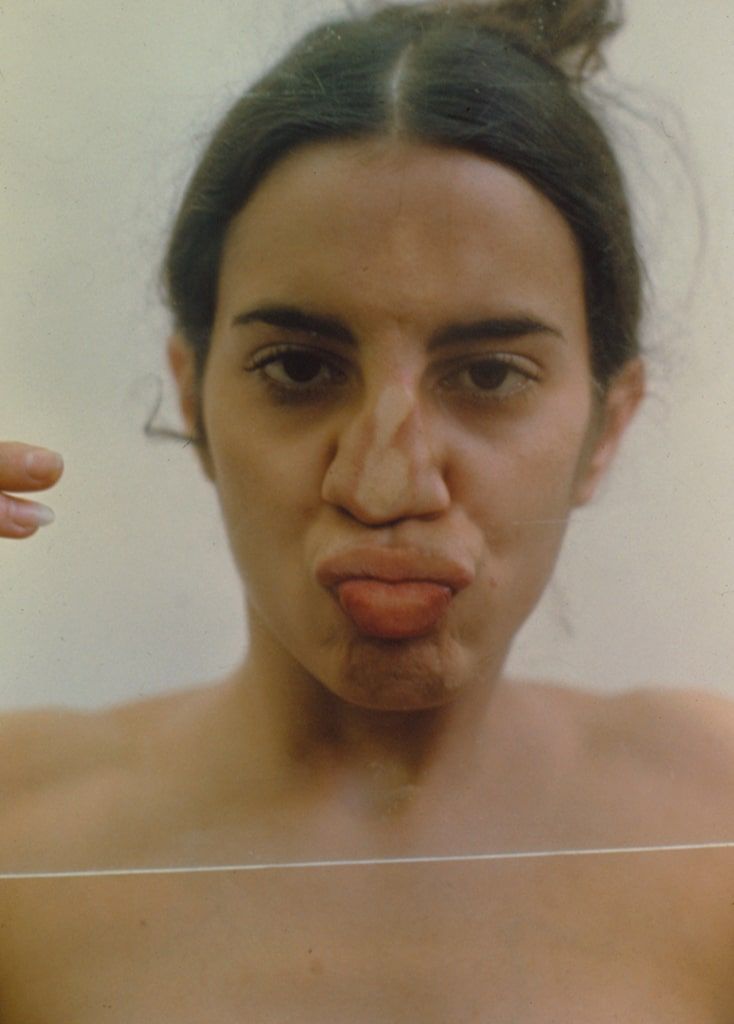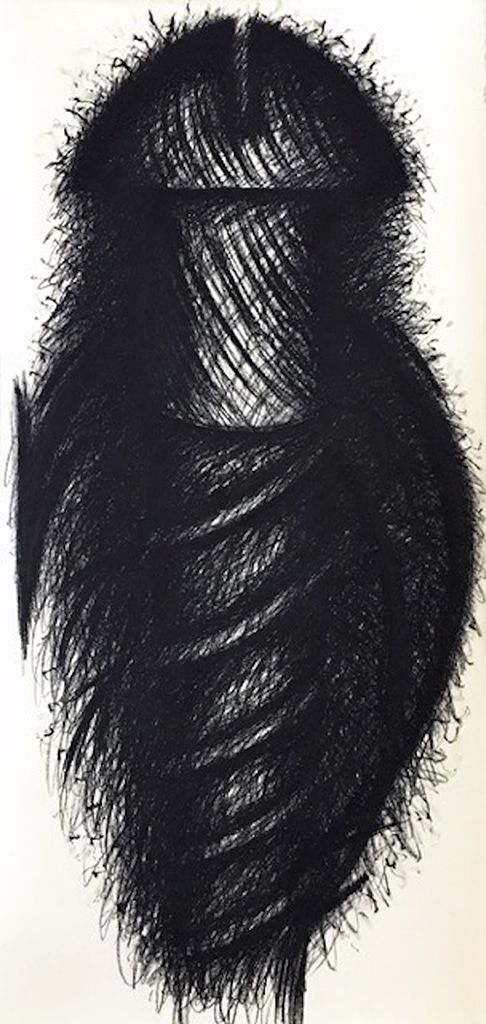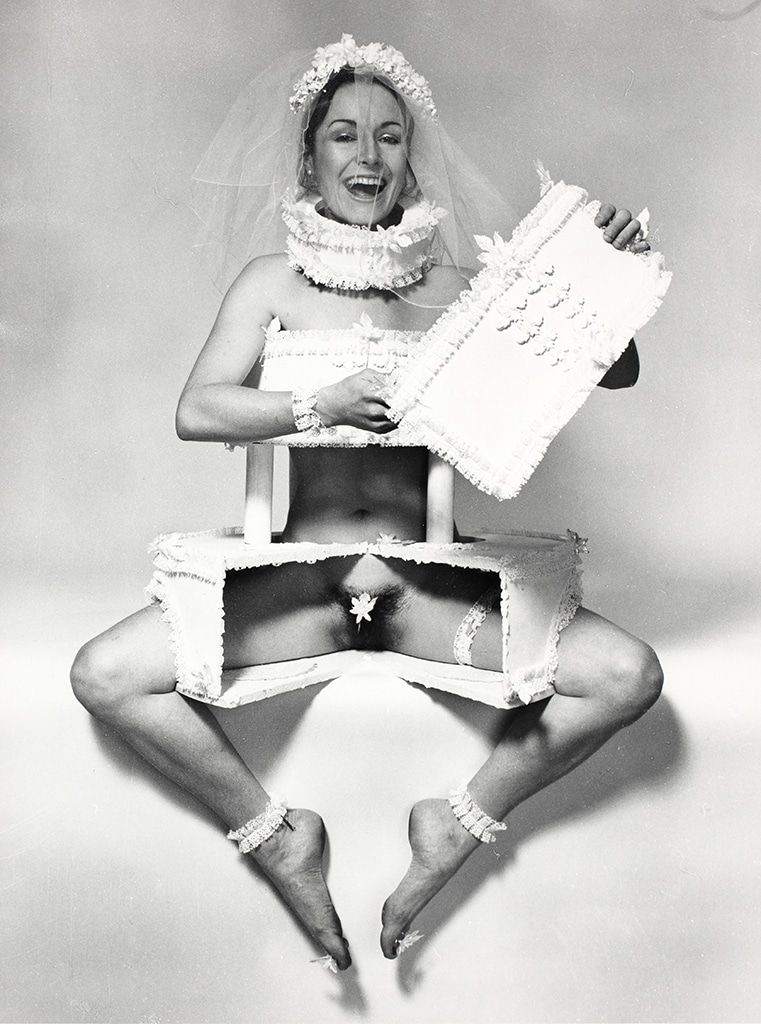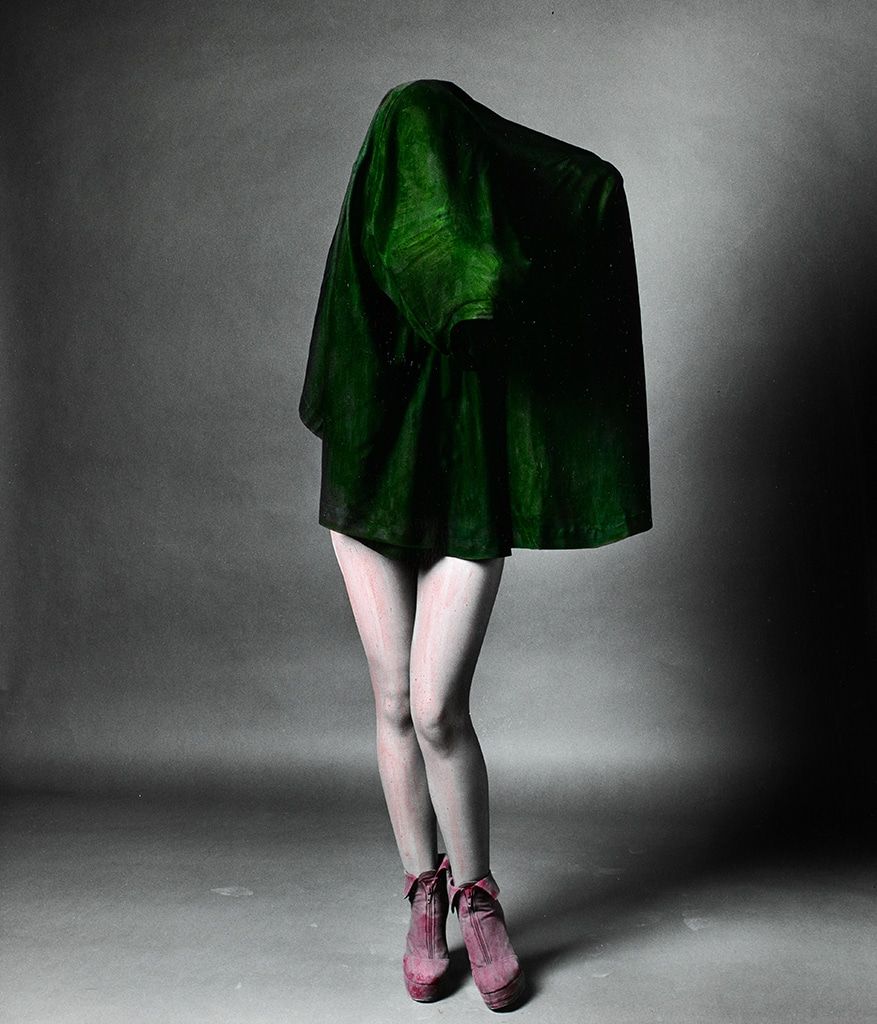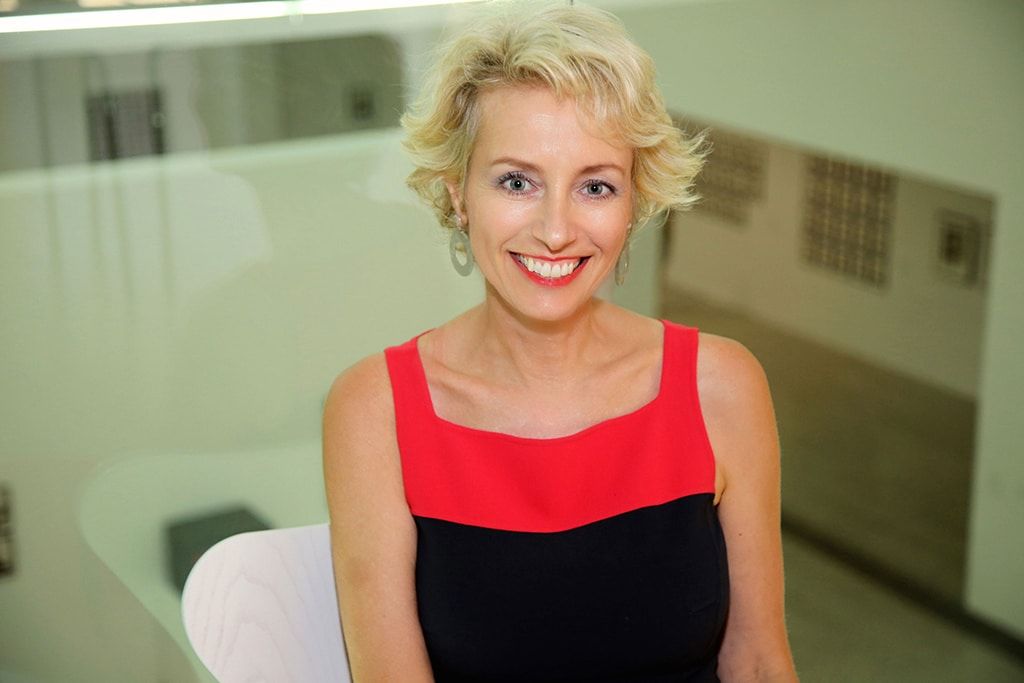Our first show was DONNA: Avanguardia Femminista Negli Anni ‘70 in 2010 at the Galleria Nazionale d’Arte Moderna et Contemporanea in Rome. It was a beautiful show with about 200 works from 25 artists. It was also very successful because the younger generation was as much interested as the people that were young in the 1970s. This encouraged me to continue collecting feminist artworks and to let the show travel. So far the show has been touring for ten years and has been presented at eleven venues: after Rome, Madrid, Brussels, Halmstad (Sweden), Hamburg, London, Vienna, Karlsruhe, and after Stavanger the exhibition will go to Brno (Czech Republic), and New York. I think it is interesting to place the Feminist Avant-Garde in European cities and in Eastern Europe but also in the United States. I would love to have venues in Asia and South America as well. I also try to acquire works by specific artists for the particular region in which the exhibition is being shown. It is not always easy to find works from the 1970s, because many of the works are hidden. Very often, the works were stored in attics for 40 years and almost forgotten by their creators, or the artists have neither a website, nor an exhibition catalog, nor a gallery. I am always surprised to see that, despite the cultural and geographic differences, many of the works followed similar aesthetic strategies. Apparently these artists were in a similar social situation despite different geographical places.


